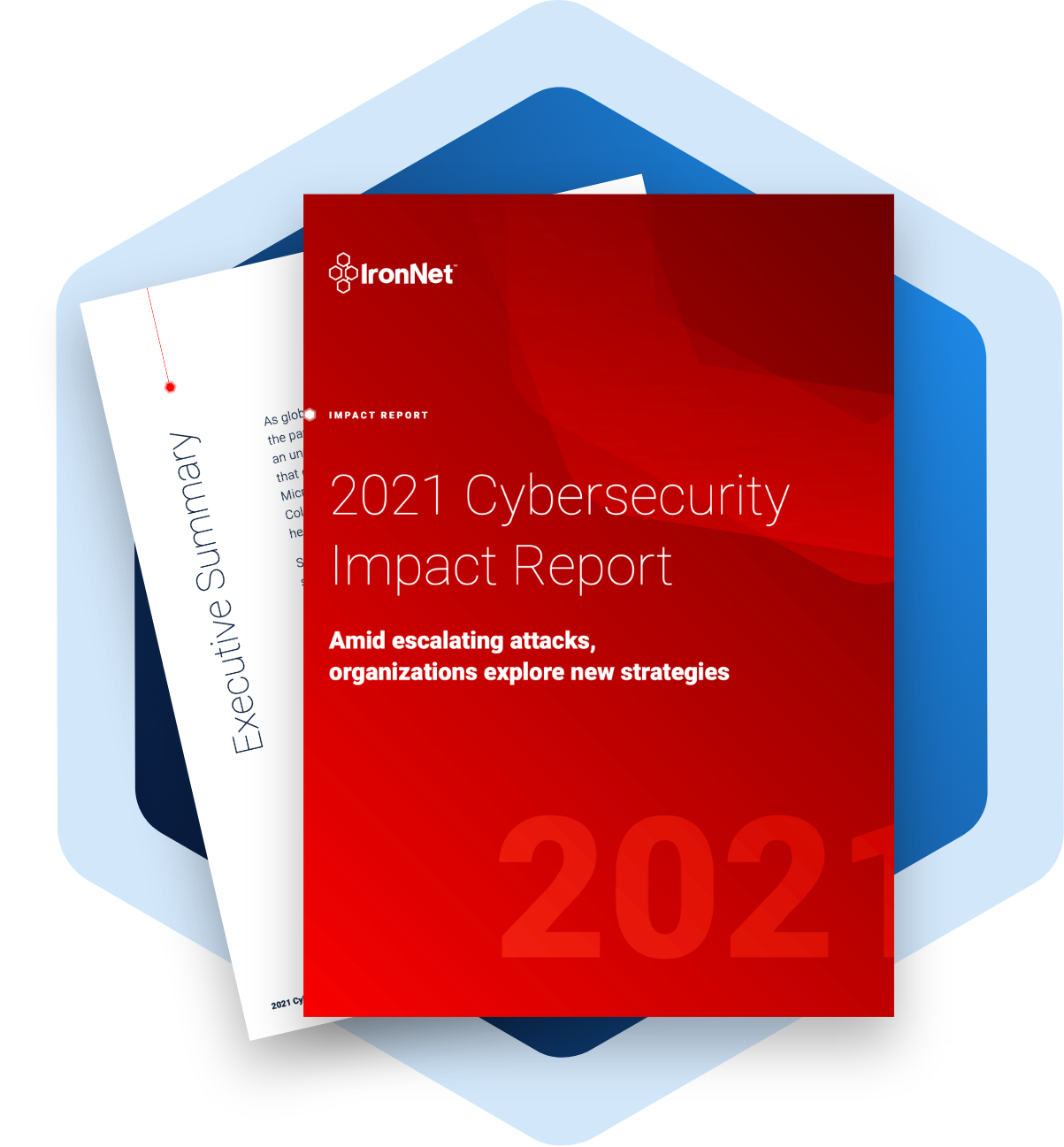There are more than $500 billion in grants awarded annually from the federal government and $100 billion from state governments. The CARES Act, CRRSA Act, and ARP Act made more than $4.2 trillion available, much of which supports technology applications.
While these grants cover many things, about $1.65 billion has been earmarked for cybersecurity as part of the Infrastructure Investment and Jobs Act (IIJA), the first time federal grants have been targeted exclusively for cybersecurity. These grants are available as part of the State and Local Cybersecurity Grant Program, the Rural and Municipal Utility Advanced Cybersecurity Grant and Technical Assistance Program, and the Cyber Response and Recovery Fund.
However, most of the available technology grants are technology-neutral. In other words, money is set aside for various projects to fund personnel, contractors, and initiatives relating to IT or infrastructure to achieve specific objectives. Depending on the grant, a portion of the funding may include allocations for cybersecurity.
Why should you apply for government grants?
The bulk of the grant money is available to state and local governments, healthcare organizations, and schools that need assistance. Without such grants, many local agencies simply would not have the money to fund infrastructure projects. This is especially true in rural areas, which are a focus of the latest round of grant money included in the IIJA.
Some grants are available to nonprofit organizations and for-profit businesses as well. Applying for grants may allow you to launch projects or fund initiatives that you would otherwise not be able to take on.
How to apply for a government grant: a step-by-step guide
Applying for government grants is fairly straightforward. Let’s walk through the five stages of procuring a grant.
1. Find available grants
You’ll want to read up on the government's grants that are available or may become available soon. It can be highly competitive to get these grants, and when the money is allocated, it’s gone. So your best strategy is to do it as soon as the window for accepting applications is open.
Each granting agency publishes its own list of grants, qualifications, and deadlines. One great resource is the Grants.gov website, operated by the Department of Health and Humans Services (HHS) and the Office of Management and Budget (OMB). Grants.gov aggregates available government grants across agencies and lets you search based on:
- Status
- Eligibility
- Category
- Agency
- Funding instrument
You can see current and pending grant opportunities. Before you can apply, you will need to register a free account. Once you identify a grant you want to apply for, you can apply online.
You may also want to sign up for the Grants.gov Listserv, which provides notifications on new grant listings.
2. Prequalifying your organization
Once you find a grant that you may be eligible for, you will want to take a close look at the qualifications to make sure you don’t waste your time applying for grants if you don’t meet the criteria. Since most organizations employ professional grant writers to fill out applications, not only can you miss out on landing federal or state funds, but it can cost you money only to get rejected.
3. Understand what the grant includes
While some grants are for general purposes, most have specific outcomes in mind. Grants may include:
- Total funding
- Partial funding
- In-kind contributions
- Matching grants
In some cases, you may be required to invest a specific amount of your own money to qualify for certain grants.
4. Write a grant proposal
When creating your government grant proposal, make sure to fill it out completely. Many applications get rejected out of hand because they are incomplete. You also need to make sure you meet the eligibility requirements and that you can demonstrate the clear value of what you want to use the funds for.
Grants are designed to solve problems and create public value. So you need to show what you will do, how you will do it, and the results you expect to get. You will also need a mechanism for tracking and reporting progress.
A lot of government grants go unallocated simply because organizations didn’t meet the deadlines to get their applications in. Annual grants have established schedules for application deadlines and funding, although new grants and initiatives are added regularly.
For those getting grants, there may also be renewal deadlines to continue to receive funding. Once you get a grant, make a note of the deadline for renewal and start getting your documentation in order as soon as possible.
5. Report outcomes
Grants generally require reporting outcomes to ensure the dollars have been spent in support of grant objectives. You’ll need to keep track of how grant monies are used and provide proof that you have succeeded in meeting the goals.
Meticulous record-keeping is a must. Audits are common and any unused funds will need to be returned to the funding agency.
Get help with government grants
At IronNet, we have partnered with Grants Office, LLC. Grants Office provides public sector agencies with consulting, development, and grant writing to help procure funding. You can learn more about how this works on our website.
.png)



